- Accept card payments – lowest rates from 0.27%
- Keep your card processing fees to a minimum
- Direct access to the UK’s leading card processing banks
- We ensure your rates always remain competitive
No spam emails or calls
Choose from the payment methods then click Next
What's your turnover each month?
Enter the name of your company
Enter your company's postcode and contact number
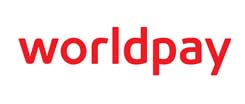
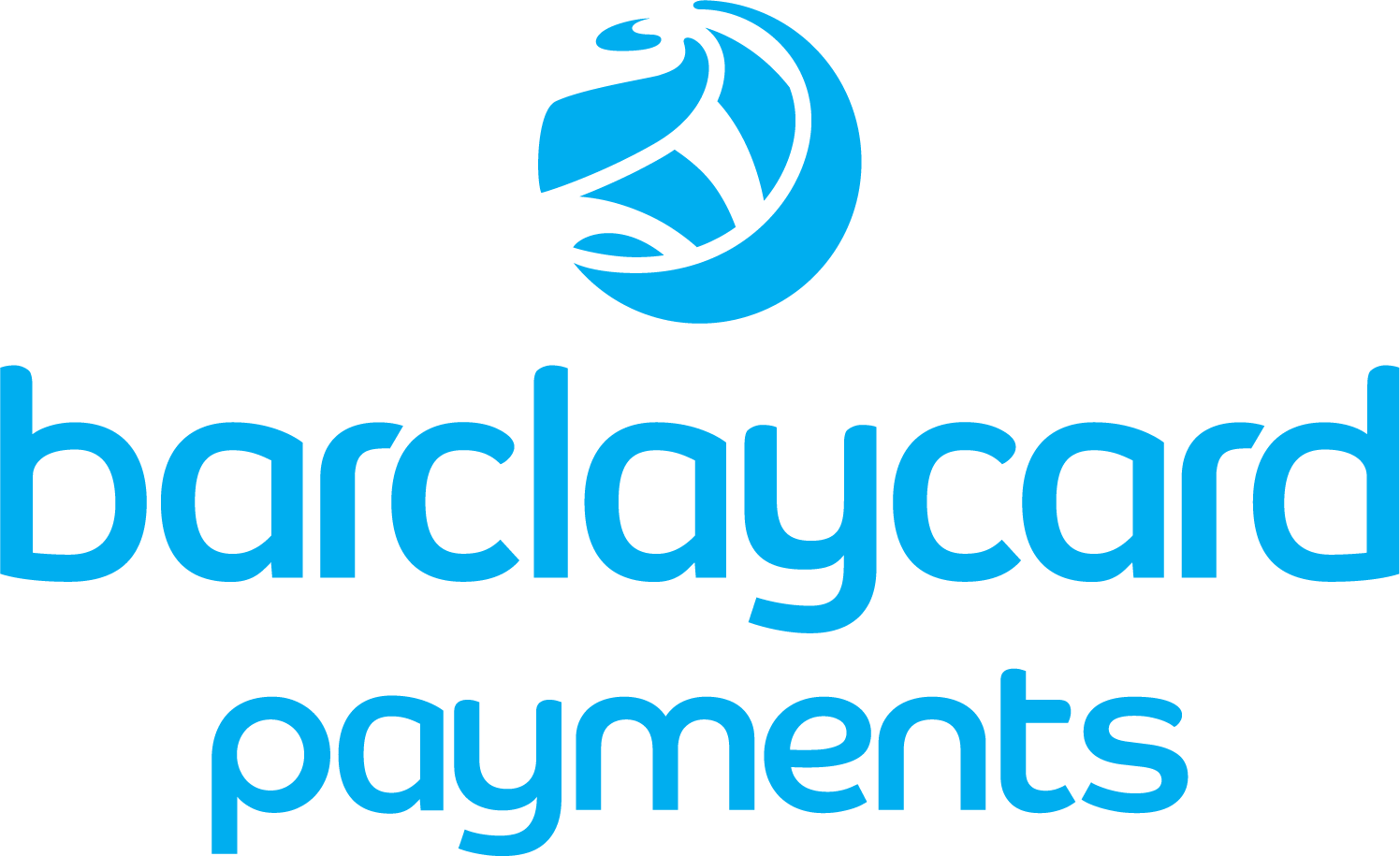

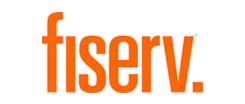
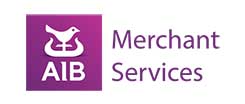

Card Machines
Card Machine Providers
Introduction to Card Payment Machines
In today’s fast-paced business environment, card and mobile payments have become essential tools for businesses of all sizes. These devices enable merchants to accept a wide range of payment methods, from traditional credit and debit cards to modern mobile payments. Understanding the different types of card payment machines and their functionalities can help businesses choose the right solution to meet their needs and enhance their customer experience.
Choosing A Card Machine
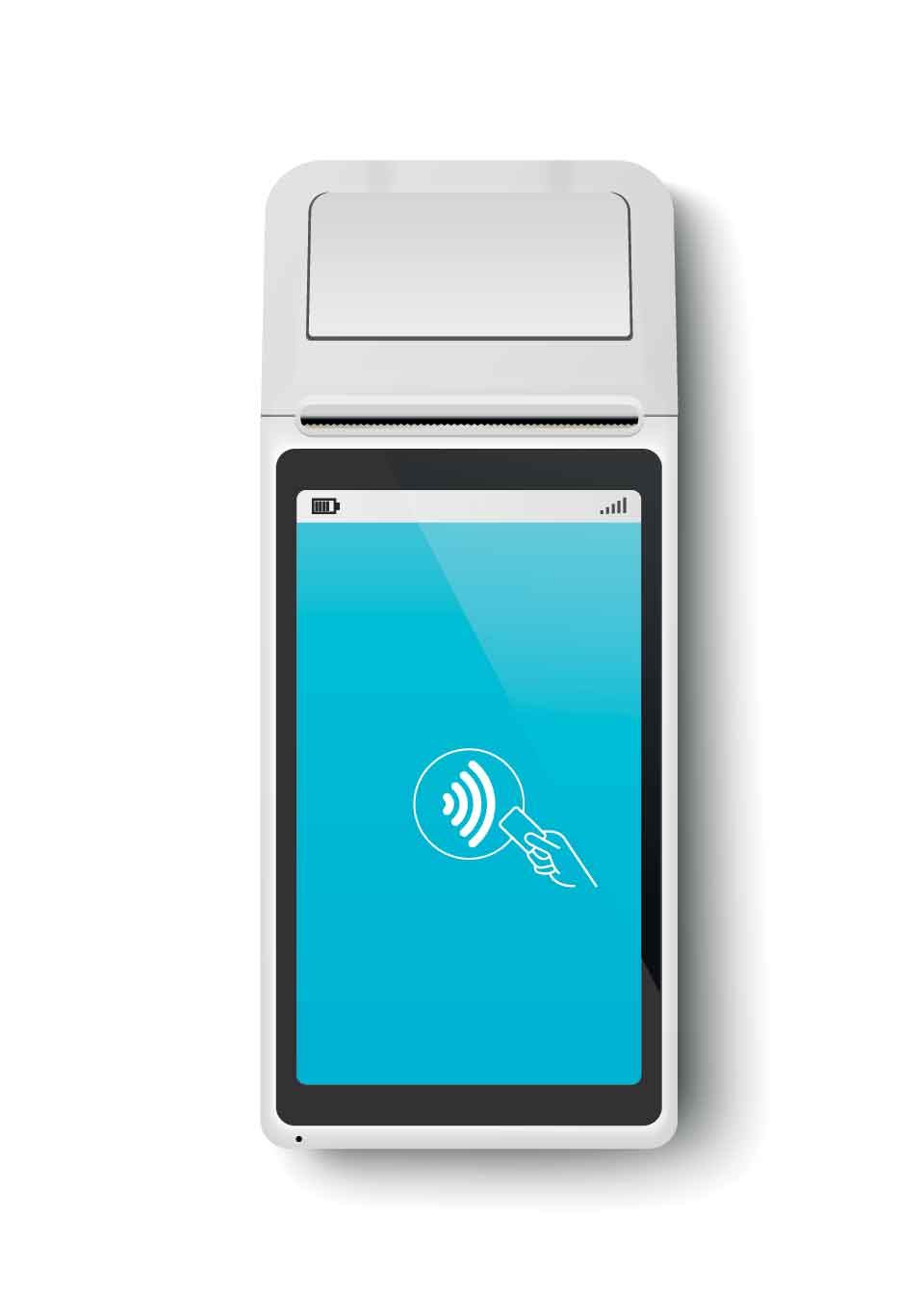
Definition of a Card Payment Machine
A card payment machine is a device that allows businesses to accept and process transactions made with credit and debit cards. These machines connect to a Wi-Fi or mobile data network, enabling seamless payment processing. They support various payment methods, including major card networks like American Express and VISA, as well as mobile payment options such as Google Pay and Apple Pay. Additionally, some card payment machines can handle cash payments, providing a versatile solution for businesses looking to streamline their payment processes.
How Card Payment Machines Work
Card payment machines operate by reading the information stored on a customer’s credit or debit card and transmitting it to the payment provider for authorization. The process begins when the customer swipes, inserts, or taps their card on the machine. The card machine then sends the transaction details to the payment provider, who verifies the customer’s account information and checks for sufficient funds. If the transaction is approved, the payment provider sends a confirmation back to the card payment machine, which then prints a receipt for the customer. This entire process happens within seconds, ensuring a quick and efficient checkout experience.
Benefits of Using a Card Payment Machine
For small businesses, the benefits of using a card payment machine are substantial. Firstly, it allows customers to pay using their preferred method, whether it’s a credit card, debit card, or mobile payment, which can lead to increased sales and higher customer satisfaction. Secondly, card payment machines reduce the risk of cash handling errors and theft, as transactions are processed electronically. Additionally, many card payment machines come equipped with features such as inventory management and sales tracking, helping businesses to streamline their operations and gain valuable insights into their sales performance.
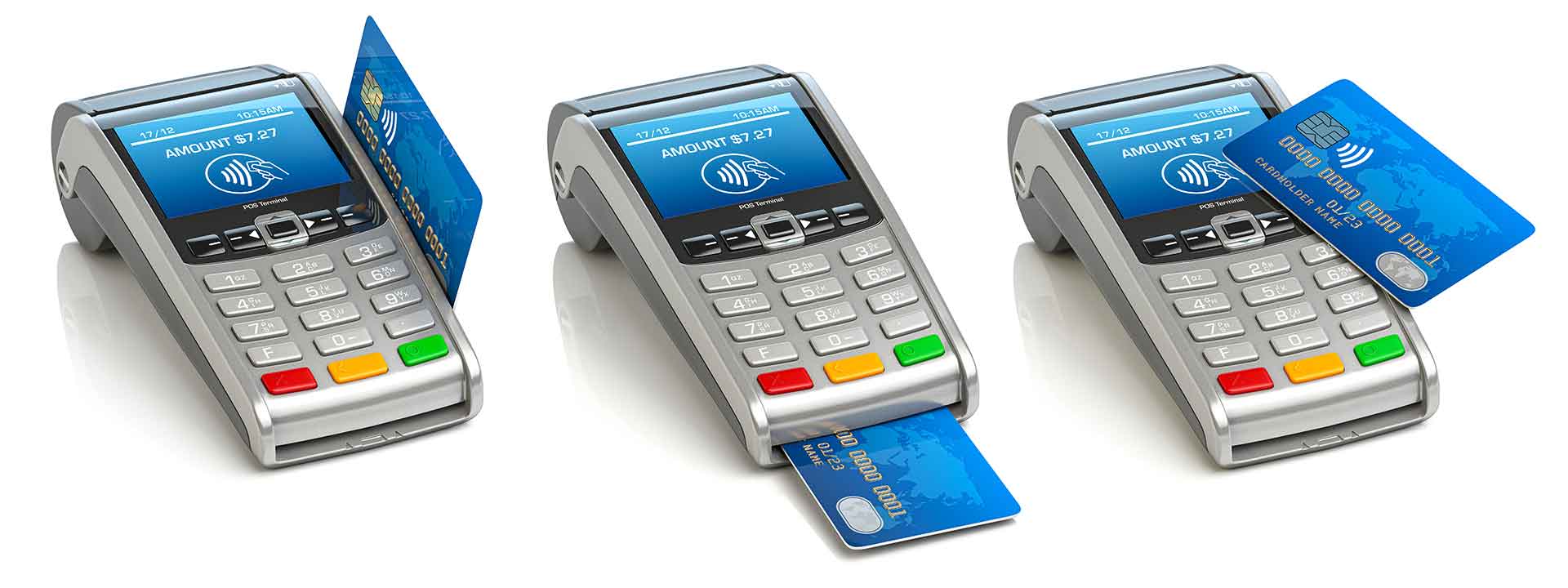
Choosing a Card Machine: Navigating Your Options
Selecting the right card machine and payment processing provider is a critical decision for any business, especially given the many choices in today’s market. This decision affects how efficiently you can process transactions, your operational costs, competitive transaction fees, and customer experience. Whether your business would benefit more from a stationary countertop card machine on a monthly rental or a versatile mobile card machine with no monthly fees depends on your business needs and customer interaction.
Additionally, some card machines require a specific bank account to access certain features or benefits, enhancing functionality, transaction efficiency, and cost savings.
Factors to Consider When Choosing a Card Payment Machine
When selecting a card payment machine, businesses should consider several key factors to ensure they choose the best solution for their needs. The cost of the machine and any associated monthly fees are important considerations, as these can impact the overall cost of payment processing. Businesses should also evaluate the transaction fees charged by the payment provider, as these can vary depending on the type of payment method used. It’s essential to choose a machine that supports the types of payments you want to accept, including contactless payments, Google Pay, and Apple Pay. Additionally, consider the level of customer support offered by the payment provider and the type of reporting and analytics features available. Finally, ensure the card payment machine has robust security features, such as encryption and tokenization, to protect customer data and prevent fraud.
By carefully considering these factors, businesses can select a card payment machine that not only meets their operational needs but also enhances the overall customer experience.
Card Machine Costs: Lease vs Purchase
Card machines can be leased or purchased outright, with options available from third-party card reader suppliers or through your payment processing provider. The decision between leasing or buying a card machine involves considering the initial outlay versus ongoing costs and the flexibility you require in your payment solutions.
For small businesses, the Tide Card Reader is an economical option, offering low transaction fees and the ability to accept various payment types without incurring monthly fees.
Leasing a card machine involves lower upfront costs and the benefit of technical support and updates. However, leasing can be more expensive over time than purchasing a machine outright. Buying a card machine requires a higher initial investment. Still, it lowers long-term costs since you aren’t tied to monthly lease payments.
Compatibility and Integration
Suppose your business already has a merchant account. In that case, choosing a card machine compatible with your existing provider is crucial. This compatibility extends to all POS (Point of Sale) equipment, ensuring seamless integration and operation. It’s essential to verify hardware compatibility early in decision-making to avoid potential disruptions to your sales process.
The Tide Card Reader Plus is a versatile payment solution that integrates seamlessly with a Tide business bank account, accepting various payment methods including chip and pin, contactless payments, and mobile wallets like Apple Pay and Google Pay.
The Ingenico Range: A Trusted Workhorse
Among the various options available, the Ingenico range is a well-known and reliable choice for many businesses. Ingenico card machines are renowned for their durability, security, and broad acceptance of payment methods, including contactless, chip and PIN, and mobile payments. These devices cater to various business settings, from traditional retail to hospitality and beyond, offering models that fit countertop and mobile needs.
Exploring Sleek, Modern Models
In addition to the traditional workhorses like Ingenico, the market has seen an influx of newer, sleeker card machine models. These modern machines prioritize user experience and aesthetic appeal, featuring intuitive interfaces and compact designs. Brands like Square and Clover offer devices that process payments efficiently and enhance the checkout area’s appearance, potentially improving customer perception of your business.
Choosing the right card machine involves balancing cost, functionality, compatibility, and aesthetics. While established brands like Ingenico offer reliability and a wide range of features, newer models may provide the design and user experience that aligns with your brand image. Ultimately, the best choice will depend on your business needs, existing technology ecosystem, and how you want to engage with your customers. By carefully considering these factors, you can select a card machine solution that enhances your operational efficiency and contributes positively to your customer’s experience.

Understanding Card Machine Transaction Fees
Transaction fees associated with card machine payments can significantly impact your business’s bottom line, making it crucial to understand how these fees are structured. Typically, the fees levied on card transactions are determined by your merchant account provider and can vary based on several factors, including the type of card used for payment (debit, credit, rewards cards, etc.) and the nature of the transaction (in-person, online, etc.).
Individually Calculated Fees
In many traditional merchant account setups, fees are individually calculated for each transaction. This means the cost per transaction can fluctuate depending on the card issuer’s policies and the type of transaction being processed. For example, credit card transactions often incur higher fees than debit card payments due to the additional risk and rewards programs associated with credit cards. Similarly, manually entered transactions (keyed transactions) may be charged at a higher rate than those processed via chip and PIN or contactless methods, reflecting the increased risk of fraud.
Blended Rate Structures
Conversely, many modern, more casual contract providers opt for a blended rate structure, simplifying fee management by charging a uniform rate for all transactions, regardless of card type or transaction method. This approach can make it easier for businesses to predict their processing costs, as each transaction incurs the same fee percentage.
However, it’s important to note that blended rates might not always cover transactions made through mobile payment platforms such as Apple Pay and Google Pay. These payment methods may be subject to different rates due to the agreements between payment service providers and mobile wallet platforms, potentially resulting in higher fees for these types of transactions.
Considering Your Options
When selecting a card machine and payment processing solution for your business, consider how different fee structures could impact your operations. Businesses with a high volume of transactions might benefit from a provider offering a low blended rate, simplifying financial planning and accounting. On the other hand, businesses with a diverse range of transaction types and card uses may find individually calculated fees more cost-effective, particularly if they can negotiate lower rates for the most common types of transactions they process.
Ultimately, understanding the nuances of card machine transaction fees and how they align with your business model is essential for choosing the most cost-effective payment processing solution. It’s advisable to carefully review the terms provided by merchant account providers and assess how different fee structures will affect your overall costs before making a decision.
Understanding Card Machine Monthly Fees
Monthly fees for card machines vary widely and are a crucial aspect of your overall payment processing expenses. These fees can be negotiated and structured in various ways depending on your agreement with your merchant account provider. For businesses, especially those navigating the complexities of payment processing costs, understanding these monthly charges is essential for financial planning and budgeting.
Monthly Fee Structures
-
Merchant Account Agreements: In traditional setups, monthly fees are often part of the contractual agreement with your merchant account provider. These fees can cover a range of services, including the rental of the card machine, access to payment processing networks, and customer support. The exact amount can vary based on the services provided, the volume of transactions, and the type of equipment used.
-
Casual Card Machines for Small Businesses: For small enterprises or those just starting, providers often offer card machines under casual contract terms with no monthly fees. This arrangement is particularly appealing for businesses with lower transaction volumes, providing a cost-effective entry point into card payment processing without the burden of fixed monthly charges.
-
High Volume and Multi-Site Businesses: Larger businesses, particularly those with high transaction volumes or multiple operating sites, typically incur a monthly fee. This fee, which can be around £10 (though this amount may vary), is charged in addition to the usual transaction fees. It reflects the increased demand these businesses place on the payment processing infrastructure and the additional services they may require, such as more advanced reporting features or dedicated customer support.
Additional Considerations
Businesses need to consider the presence of monthly fees and what these fees entail. Sometimes, a monthly fee might include benefits such as enhanced security features, software updates, and integration capabilities with other POS systems. Businesses should evaluate the overall value provided by these services to determine whether the monthly fee presents a cost-effective solution for their needs.
Furthermore, when negotiating with merchant account providers, businesses can better tailor their agreements to suit their operational requirements and budget constraints. This could involve adjusting the monthly fee based on anticipated transaction volumes or securing waivers for certain charges in exchange for a longer contract term.
Card machine monthly fees are a variable cost businesses must carefully consider when selecting a payment processing solution. By understanding the different fee structures and how they apply to various business models, enterprises can make informed decisions that align with their financial goals and operational needs. Whether opting for a fee-free casual contract for a small enterprise or navigating the monthly charges associated with high-volume transactions, the key is to balance cost against the value and services received, ensuring a beneficial arrangement for your business.

Credit Card Machines in the Modern Marketplace
In today’s retail and service environments, credit card machines are indispensable, catering to customers’ growing preference for electronic payments. Most establishments, from bustling high-street shops to quaint cafes, opt for either a countertop card machine or a compact mobile credit card machine, depending on their sales setup and customer interaction style.
Countertop vs Mobile Card Machines
Countertop card machines are typically stationed at a fixed point of sale and are connected to the main power supply. These machines are ideal for businesses with a permanent physical location where transactions are primarily conducted at the counter.
On the other hand, mobile card machines offer unparalleled flexibility and are powered by batteries to ensure mobility. They can be used virtually anywhere, as long as there’s access to a power socket or USB port for charging, making them suitable for businesses that operate indoors and outdoors or offer table-side payment options.
PDQ Card Payments: Versatility and Convenience
PDQ (Process Data Quick) machines, known for their efficiency in processing payments, are available for both short-term and long-term hire or purchase, providing businesses with flexible acquisition options. These devices support various payment methods on Android devices, including traditional card payments, contactless transactions, and mobile wallet payments such as Apple Pay, Google Pay, and Samsung Pay. The convenience of transmitting data over Bluetooth or WiFi to a computer for transaction processing makes PDQ machines a popular choice among businesses seeking fast and secure payment solutions.
The Rise of Mobile Card Readers
Mobile Card Readers represent a leap towards total transactional mobility, operating over mobile phone data networks. This allows for their use in locations with mobile phone coverage, bypassing the need for traditional internet connections. They are especially favoured by tradespeople, delivery services, taxi drivers, and vendors at pop-up shops, restaurants, and expo stalls, offering a practical solution for on-the-go payment processing.
These devices are praised for their ease of use, compact size, and compatibility with any smartphone with a data connection. Their adaptability makes mobile card readers an excellent choice for various settings, from individual service providers to large-scale events, ensuring businesses can accept payments efficiently wherever they are.
The Versatility of Mobile Card Readers
What sets mobile card readers apart is their exceptional versatility. Designed to accommodate all types of card and mobile phone payments, these readers meet the dynamic needs of modern businesses and event organizers. Whether managing a mobile enterprise, setting up a temporary stall, or organizing a large event, mobile card readers provide a reliable, fast, and easy payment solution that enhances customer experience and streamlines transaction processes.
As the landscape of commerce continues to evolve, the choice between countertop and mobile card machines and the decision to invest in PDQ systems or mobile card readers will significantly influence how businesses interact with their customers and manage transactions. With their ability to support various payment methods and suitability for different business models, these payment solutions are critical to accommodating the modern consumer’s preference for quick, secure, and convenient payment options.
Taking a Card Payment with a Mobile Card Machine
It’s that simple! The customer only needs to hold their contactless card close to the NFC sensor on the card machine and make the payment.
Comprehensive Guide to Card Machine Types
In the evolving landscape of retail and service industries, understanding the various types of card machines available is crucial for businesses looking to offer flexible and secure payment options to their customers. From traditional Chip and PIN devices to the latest in contactless and mobile payment technologies, each type of card machine offers unique benefits and caters to different customer preferences.
Chip and PIN Card Machines: The Secure Standard
Chip and PIN card machines are a staple in the payment processing world, consisting of two main components: the card reader and a hand-held device known as a point of sale (POS) terminal. These machines have become synonymous with secure transactions, incorporating advanced encryption systems to meet stringent British Standards. This level of security not only helps in preventing fraud but also assists merchants in securing insurance coverage against losses due to fraudulent activities. The Chip and PIN system requires customers to insert their card into the reader and enter their PIN, providing a double layer of security through something the customer has (the chip card) and something the customer knows (their PIN).
Contactless Card Payment Machines: The Convenience of Tap and Go
Contactless payment machines are designed to work with cards that feature the contactless symbol, signifying their capability for Near Field Communication (NFC). This technology enables quick, one-touch payments by simply waving the card near the reader, eliminating the need to physically insert the card or enter a PIN for transactions typically under a specified limit. The convenience and speed of contactless payments have made these machines increasingly popular among both businesses and consumers, particularly in fast-paced retail environments.
Contactless Mobile Payment Machines: Bridging Cards and Smartphones
Expanding on the concept of contactless payments, contactless mobile payment machines are equipped to handle transactions made through mobile payment apps such as Apple Pay, Google Pay, and Samsung Pay. These machines allow customers to make payments by holding their smartphones or smartwatches over the reader, facilitating a secure and convenient payment process without the need for physical cards. While these machines generally support major card networks like Visa, MasterCard, and American Express, compatibility with specific payment providers can vary, highlighting the importance of choosing a machine that supports a wide range of payment options.
The diversity of card machine types available today offers businesses the flexibility to cater to a wide array of customer payment preferences, enhancing the shopping experience and potentially increasing sales. Whether opting for the security of Chip and PIN, the convenience of contactless card payments, or the cutting-edge technology of mobile payments, selecting the right card machine type is a critical decision that can significantly impact the efficiency of your payment processing system and the satisfaction of your customers. As the payment industry continues to evolve, staying informed about the latest developments and technologies in card machines will ensure your business remains competitive and responsive to market trends.
Card Machines for Mobile Phone and Smartwatch Payments
In addition to traditional card payments, modern card machines are increasingly equipped to handle a new era of transactions made through mobile phones and smartwatches. This shift towards digital wallets and wearable technology payments signifies a leap towards convenience, security, and speed in consumer transactions. Key players in this domain include Apple Pay, Google Pay, and Samsung Pay, each offering a unique platform for seamless payments through smart devices.
Mobile Phone Payments: The Rise of Digital Wallets
Mobile phone payments, enabled through apps like Apple Pay and Google Pay, transform smartphones into digital wallets, allowing users to store their card information securely on their devices. To make a payment, customers simply hold their phone close to the card machine’s contactless reader. The transaction is authenticated either through biometric data, such as a fingerprint or facial recognition, or a PIN, ensuring a high level of security. This method not only streamlines the payment process but also offers an added layer of protection, as the actual card numbers are never shared with the merchant, reducing the risk of fraud.
Smartwatch Payments: Wearable Technology at the Checkout
Similarly, smartwatches equipped with payment capabilities, such as those compatible with Samsung Pay, extend the convenience of contactless payments to wearables. Users can link their credit or debit cards to their smartwatch, enabling payments with a flick of the wrist. This hands-free approach is particularly appealing for active lifestyles and situations where carrying a phone or wallet is less practical. Like mobile phone payments, transactions through smartwatches are secured with encryption and authentication measures, providing peace of mind for both consumers and merchants.
Compatibility and Acceptance
For businesses, ensuring that their card machines are compatible with these advanced payment methods is becoming increasingly important. As consumers grow accustomed to the ease and security offered by digital wallets and wearable technology, the demand for merchants to support these payment options will continue to rise. Accepting payments through mobile phones and smartwatches can enhance the customer experience, offering a quick and secure checkout process that aligns with modern lifestyles and preferences.
Furthermore, embracing these payment technologies can serve as a competitive advantage, positioning businesses as forward-thinking and customer-centric. By catering to the growing segment of consumers who prefer the convenience of paying with their smart devices, merchants can attract a broader customer base and increase transaction volumes.
The integration of mobile phone and smartwatch payments represents a significant advancement in payment technology, with Apple Pay, Google Pay, and Samsung Pay leading the charge towards a more digital and interconnected shopping experience. For businesses, adapting to these emerging payment methods is not just about keeping up with technology; it’s about responding to consumer expectations for a faster, safer, and more convenient payment process. As the landscape of transactions continues to evolve, staying ahead of these trends will be key to delivering exceptional service and securing customer loyalty in the digital age.
Card Payment Machine Security
In the digital age, ensuring the security of card payment machines is paramount for businesses that accept payments. These devices are designed with robust security features, but they can still be vulnerable to various threats if not properly managed.
How Secure Are Business Card Machines?
Business card machines are generally secure, but their safety can be compromised if they are not correctly configured or maintained. Common security threats include:
-
Skimming: This type of fraud involves attaching a device to the card machine to capture customers’ card details. Skimming devices can be hard to detect and can lead to significant financial losses.
-
Hacking: Cyber attackers may attempt to gain unauthorized access to the card machine’s system to steal sensitive information. This can include customer card details and transaction data.
-
Malware: Malicious software designed to harm or exploit the card machine’s system can be introduced through various means, leading to data breaches and operational disruptions.
To protect against these threats, businesses should ensure their card machines are properly configured and maintained. Key protective measures include:
-
Regular Software Updates: Keeping the card machine’s software and firmware up to date helps protect against known vulnerabilities.
-
Strong Passwords and Authentication: Using complex passwords and multi-factor authentication can prevent unauthorized access.
-
Activity Monitoring: Regularly monitoring the card machine’s activity for suspicious transactions can help detect and respond to potential security breaches.
-
Anti-Virus Software and Firewalls: Implementing robust anti-virus software and firewalls can protect against malware and hacking attempts.
By taking these steps, businesses can enhance the security of their card payment machines and ensure a safe transaction environment for their customers.
Card Payment Machine Features
Card payment machines come equipped with a variety of features designed to help businesses accept payments efficiently and securely. Understanding these features can help businesses choose the right machine to meet their needs.
Contactless Payments
Contactless payments have revolutionized the way customers make transactions, offering a quick and convenient method to pay by simply tapping their card or mobile device on the card machine. This technology not only speeds up the checkout process but also reduces queues, enhancing the overall customer experience.
To accept contactless payments, businesses need to ensure their card machine is equipped with contactless technology. This typically involves installing a contactless reader that can read the information on the customer’s card or mobile device. In addition to contactless payments, card machines can also accept:
-
Chip and PIN Payments: A secure method where customers insert their card and enter a PIN.
-
Magnetic Stripe Payments: Traditional swipe method for older cards.
-
Mobile Payments: Payments made through digital wallets like Apple Pay and Google Pay.
-
Cash Payments: Some card machines also handle cash transactions, providing a versatile payment solution.
Card machines can also come with additional features such as:
-
Receipt Printing: Providing physical receipts for customers.
-
Email and SMS Receipts: Sending digital receipts directly to customers’ email or phone.
-
Inventory Management: Tracking stock levels and sales in real-time.
-
Customer Management: Storing customer information for loyalty programs and marketing.
-
Reporting and Analytics: Offering insights into sales performance and transaction history.
Overall, card payment machines are essential tools for businesses looking to accept payments from customers. By leveraging the various features available, businesses can provide a secure and convenient payment experience, ultimately enhancing customer satisfaction and operational efficiency.